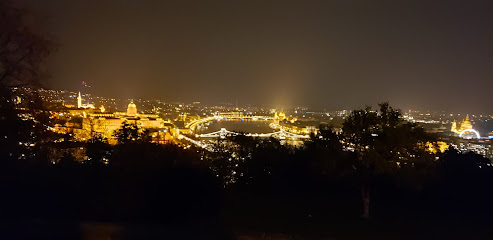
Explore the Enigmatic Drakula Tömölcé: A Historical Gem in Budapest
Discover the haunting history and gothic charm of Drakula Tömölcé, a must-visit historical landmark in the heart of Budapest.
Nestled in the heart of Budapest, Drakula Tömölcé is a captivating historical landmark that transports visitors to a bygone era. Known for its intriguing history and gothic architecture, this site is perfect for history enthusiasts and curious travelers alike. Prepare to be mesmerized by its tales of yore as you explore this hidden gem.
A brief summary to Drakula Tömlöce (régi börtönpince).
- Úri u. 9, Budapest, District I., 1014, HU
Local tips
- Visit early in the day to avoid crowds and enjoy a more intimate experience.
- Consider joining a guided tour to learn about the fascinating legends associated with the site.
- Bring a camera to capture the stunning architectural details and picturesque surroundings.
- Check local listings for any special events or exhibitions that may be taking place during your visit.
Getting There
-
Public Transport
If you are starting from Deák Ferenc tér, take Metro Line 1 (the yellow line) towards Mexikói út. Get off at the next station, Vörösmarty tér. From Vörösmarty tér, walk to the bus stop located outside the entrance of the Váci utcá. Take Bus 16 towards Széll Kálmán tér. After about 10 minutes, get off at the Úri utca stop. From there, walk about 5 minutes towards Úri u. 9, where Drakula Tömlöce (régi börtönpince) is located.
-
Walking
If you are in the Buda Castle area, head towards the Fisherman’s Bastion. From there, take the road leading down towards the lower levels of the castle. Walk along Szentháromság tér and continue onto Tóth Árpád sétány. After about 10 minutes, turn left onto Úri utca, and continue until you reach Úri u. 9, where Drakula Tömlöce (régi börtönpince) is located.
-
Tram
If you are near the Hungarian Parliament Building, walk to the tram stop at Kossuth Lajos tér. Take Tram 2 towards Közvágóhíd. Ride for about 7 stops and get off at the Batthyány tér stop. From there, transfer to Bus 16 towards Széll Kálmán tér and get off at the Úri utca stop. Walk approximately 5 minutes to reach Úri u. 9, where Drakula Tömlöce (régi börtönpince) is located.
Discover more about Drakula Tömlöce (régi börtönpince).
Iconic landmarks you can’t miss
Ősforrás (Zsolnay-díszkút)
0.1 km
Explore the vibrant artistry of Ősforrás, a stunning Zsolnay-díszkút fountain that showcases Hungary's rich cultural heritage in the heart of Budapest.
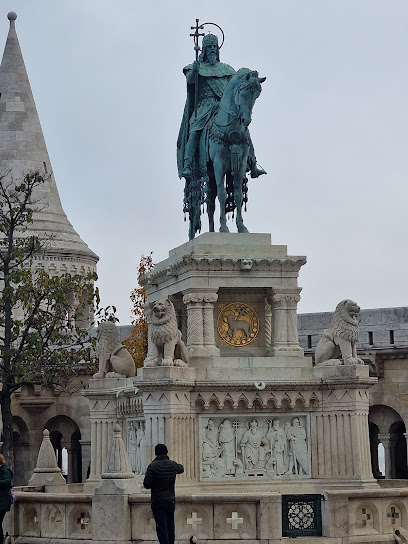
Szentháromság tér 2
0.2 km
Explore the historic beauty of Szentháromság tér in Budapest, home to stunning architecture and breathtaking views of the city.
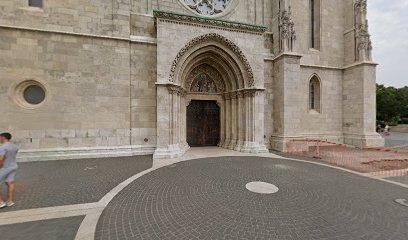
Matthias Church
0.2 km
Discover the stunning Gothic beauty of Matthias Church, a historic landmark in Budapest, rich in culture and architectural splendor.
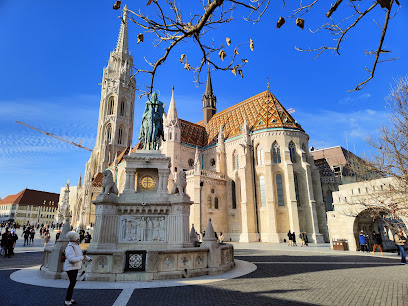
Statue to friars Julian and Gerard
0.3 km
Discover the Statue of Friars Julian and Gerard in Budapest, a stunning sculpture that embodies the city's rich history and cultural heritage.
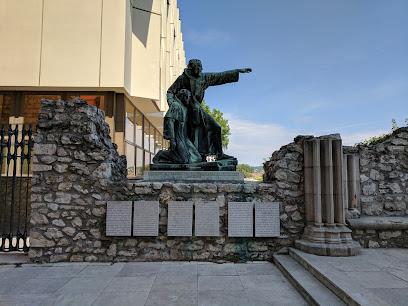
Unmissable attractions to see
Labyrinth
0.0 km
Discover the enchanting underground Labyrinth in Budapest, where history, art, and adventure intertwine in a unique tourist experience.
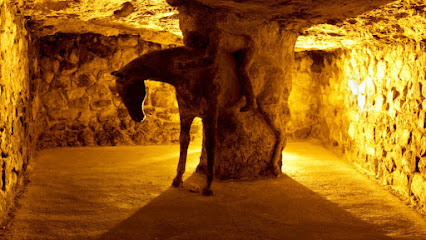
Castle Hill map
0.1 km
Discover the breathtaking views and rich history of Castle Hill, a must-visit UNESCO World Heritage site in Budapest.
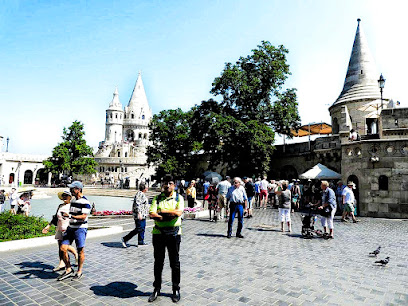
Statue of the Independence War
0.1 km
Explore the Statue of the Independence War in Budapest, a powerful symbol of freedom set against breathtaking city views.
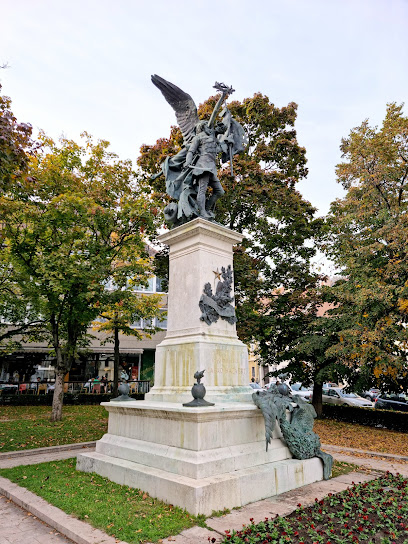
The House of Houdini
0.1 km
Discover the captivating world of magic at The House of Houdini in Budapest, where illusion and history come alive in a mesmerizing experience.
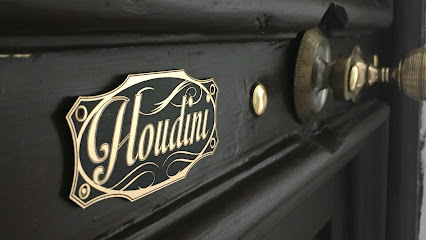
Old Town Hall
0.1 km
Explore the Old Town Hall in Budapest, a historic gem showcasing stunning architecture and rich cultural heritage in the heart of the city.
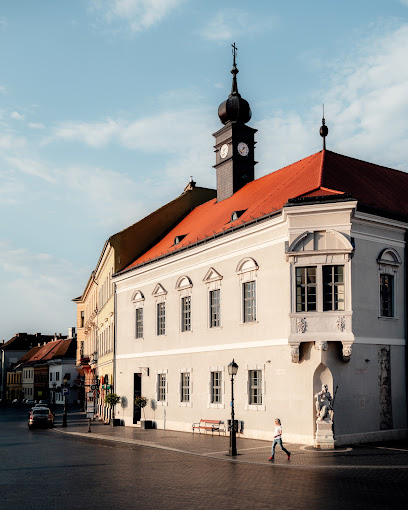
Equestrian Statue of Andras Hadik
0.1 km
Discover the stunning Equestrian Statue of Andras Hadik, a majestic tribute to Hungary's military heritage in the picturesque Buda Castle District of Budapest.
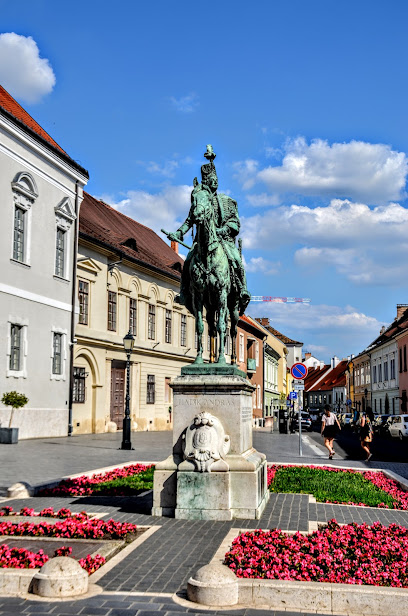
Ruszwurm Confectionery
0.1 km
Experience the historic charm and delightful pastries at Ruszwurm Confectionery in Budapest, a must-visit for dessert lovers.
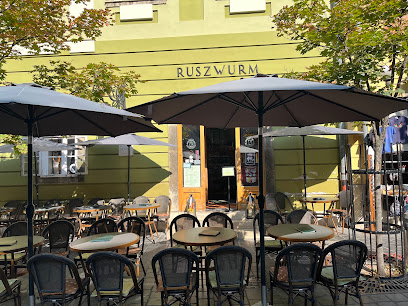
Dísz tér
0.1 km
Experience the charm and tranquility of Dísz tér, a hidden gem in Budapest's historic District I, surrounded by stunning architecture and rich culture.
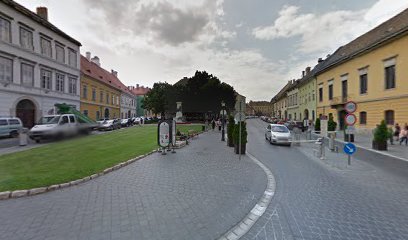
Holy Trinity Park
0.1 km
Explore the serene beauty of Holy Trinity Park in Budapest, a tranquil oasis rich in history and stunning views, perfect for relaxation and reflection.
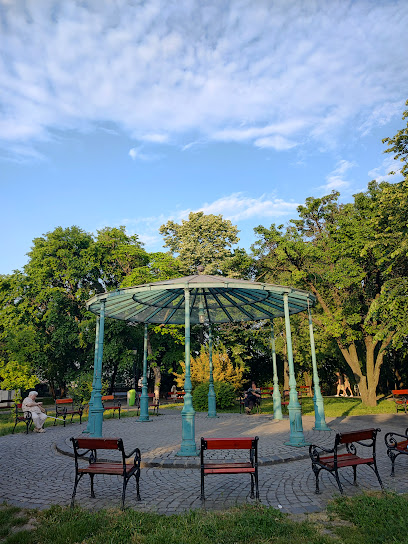
Holy Trinity Statue
0.2 km
Discover the Holy Trinity Statue in Budapest, a historical landmark blending art, culture, and stunning views in the heart of the city.
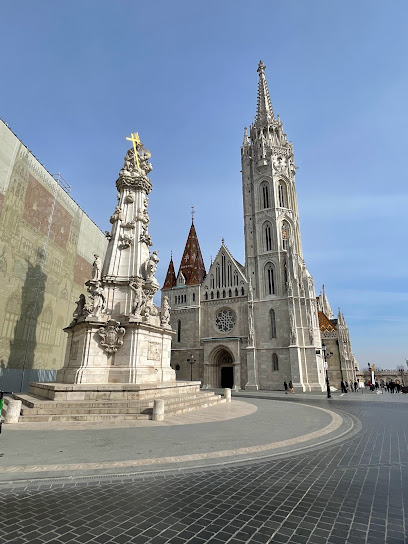
Church tower
0.2 km
Discover the stunning Matthias Church Tower in Budapest, a historical landmark showcasing breathtaking architecture and rich cultural heritage.
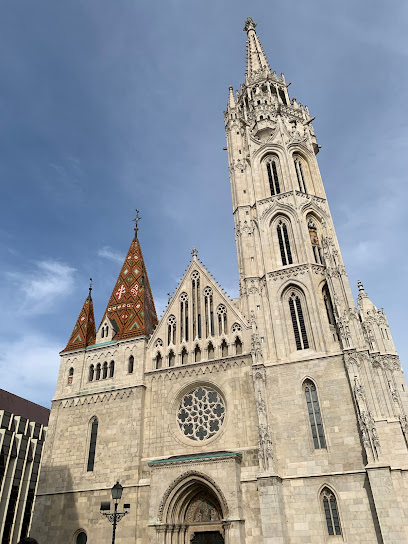
Castle District
0.2 km
Explore the Castle District of Budapest, a UNESCO World Heritage site filled with stunning architecture, rich history, and breathtaking views.
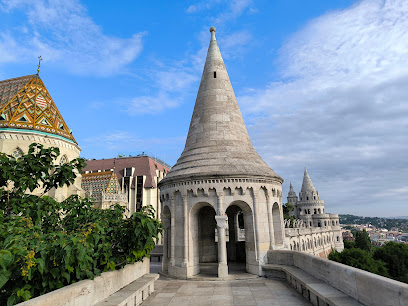
Szentháromság tér
0.2 km
Explore the historical charm and serene beauty of Szentháromság Tér, a must-visit square in Budapest's Castle District.
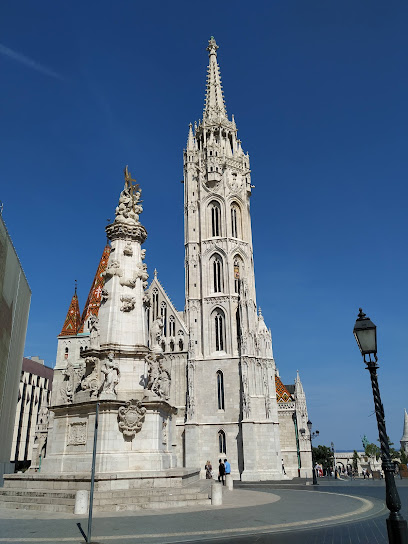
The Church of Our Lady of Buda Castle
0.2 km
Explore the breathtaking Church of Our Lady of Buda Castle, a stunning Gothic masterpiece in Budapest's historic Castle District, rich in history and culture.

Statue of St. Stephen I
0.2 km
Discover the stunning Statue of St. Stephen I in Budapest, a historic memorial celebrating Hungary’s first king amidst breathtaking city views.
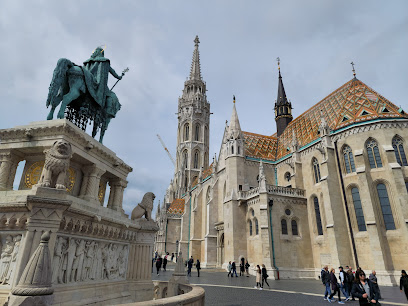
Essential places to dine
Ramazuri Bistronomy
0.1 km
Experience the fusion of tradition and innovation at Ramazuri Bistronomy in Budapest – where every meal is a celebration of Hungarian flavors.
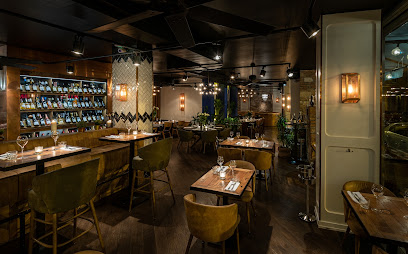
Jamie Oliver's Italian Budapest
0.2 km
Experience authentic Italian cuisine at Jamie Oliver's Italian Budapest - where tradition meets flavor in a vibrant setting.
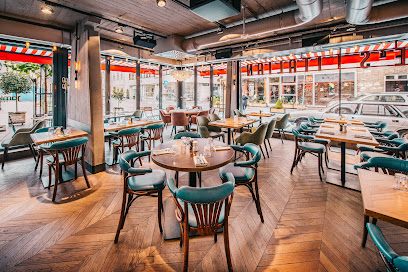
Aranybástya
0.2 km
Experience exquisite Hungarian cuisine at Aranybástya in Buda Castle, where every meal comes with stunning views of Budapest's skyline.
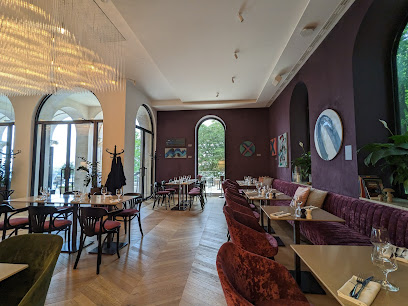
LÁNG Bistro & Grill
0.3 km
Experience authentic Hungarian cuisine at LÁNG Bistro & Grill in Budapest – where tradition meets modern dining.
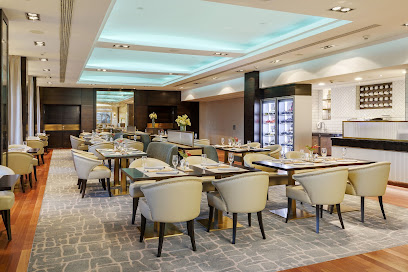
Halászbástya Étterem
0.3 km
Experience exquisite Hungarian cuisine and breathtaking views at Halászbástya Étterem in Budapest's iconic Fisherman's Bastion.
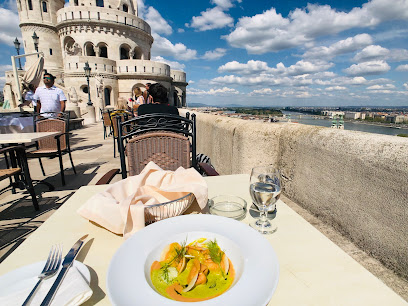
NOOR Budapest Lounge & Restaurant
0.3 km
Discover the vibrant flavors of Middle Eastern cuisine at NOOR Budapest Lounge & Restaurant – where tradition meets taste.

Marischka Restaurant
0.4 km
Savor the rich flavors of Hungary at Marischka Restaurant in Budapest – where tradition meets taste.
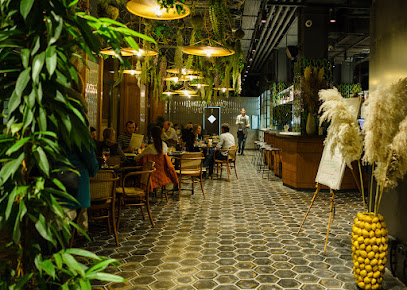
Pater Marcus Apátsági Pub
0.4 km
Discover Pater Marcus Apátsági Pub: A Unique Gastropub Experience in Budapest Blending Tradition with Modern Cuisine.
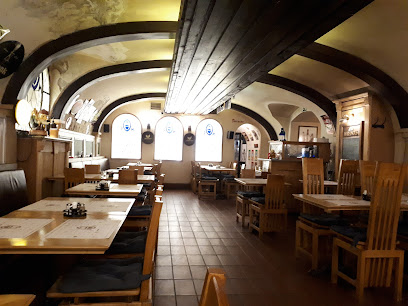
Ildikó Konyhája
0.4 km
Discover authentic Hungarian flavors at Ildikó Konyhája – where tradition meets taste in the heart of Budapest.
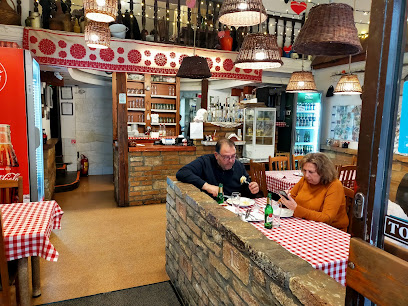
Belgian Brasserie Henri
0.5 km
Experience authentic Belgian flavors at Belgian Brasserie Henri in Budapest with stunning views and an extensive beer selection.
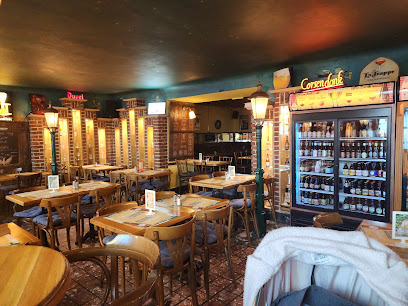
Lánchíd Söröző
0.5 km
Discover authentic Hungarian cuisine at Lánchíd Söröző near Budapest's iconic Chain Bridge.
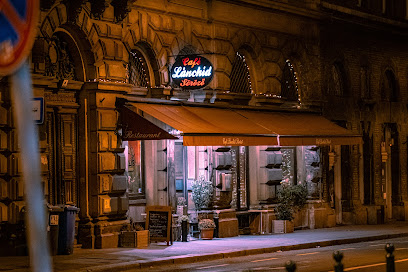
Leo Rooftop Budapest
0.5 km
Discover breathtaking views and exquisite flavors at Leo Rooftop Budapest - where modern European dining meets spectacular cityscapes.
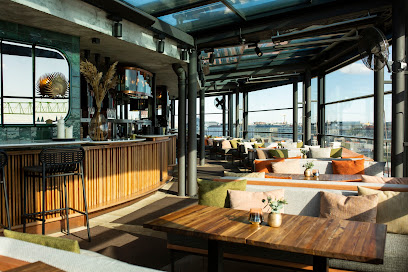
21 - Magyar Vendéglő - Hungarian bistro
0.5 km
Experience authentic Hungarian flavors at 21 - Magyar Vendéglő in Budapest's historic District I.
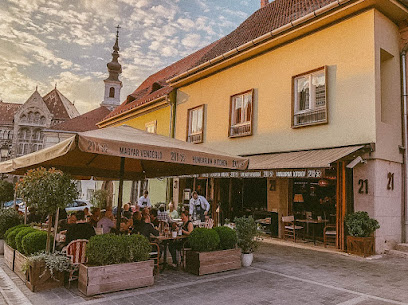
Park Plaza Budapest
0.5 km
Discover luxury and comfort at Park Plaza Budapest, your gateway to exploring Hungary's captivating capital along the Danube River.
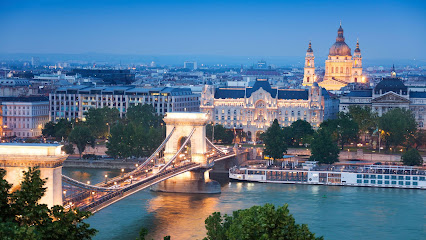
Main Guardhouse
0.6 km
Experience authentic Hungarian cuisine and rich history at the Main Guardhouse, where every bite tells a story.
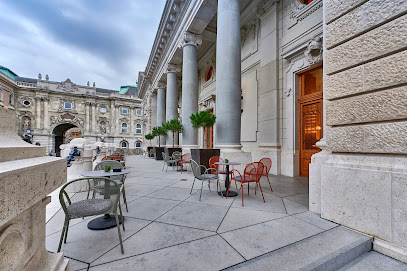
Markets, malls and hidden boutiques
Artikon Ajándéküzlet
0.1 km
Discover unique religious goods and handcrafted souvenirs at Artikon Ajándéküzlet in Budapest's charming District I, a must-visit for tourists.
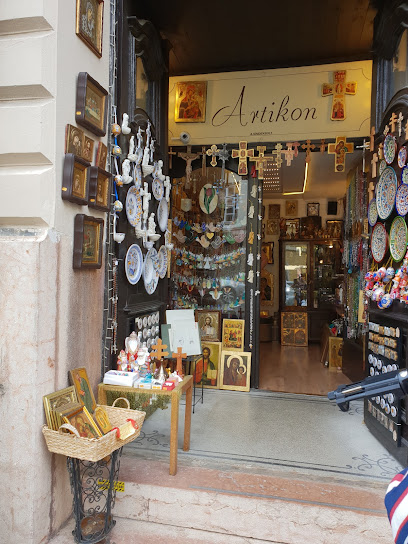
Magma+ Hungarian Art&Design
0.1 km
Discover the essence of Hungarian creativity at Magma+ Hungarian Art & Design, your go-to gift shop in the heart of Budapest.
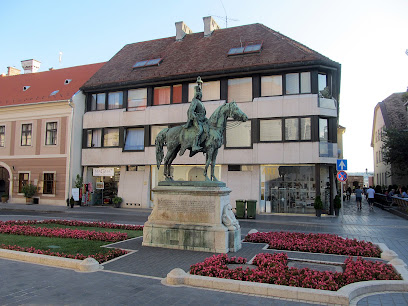
Buda Castle Souvenir
0.1 km
Discover authentic Hungarian gifts and souvenirs at Buda Castle Souvenir, a treasure trove of culture in the heart of Budapest.
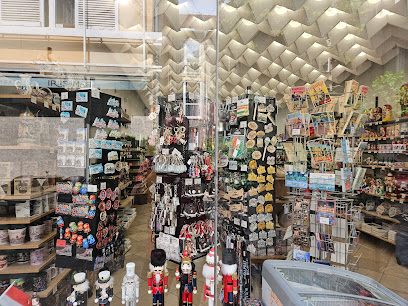
Memories of Hungary
0.3 km
Explore unique Hungarian souvenirs at Memories of Hungary, a charming gift shop in the heart of Budapest's historic district.
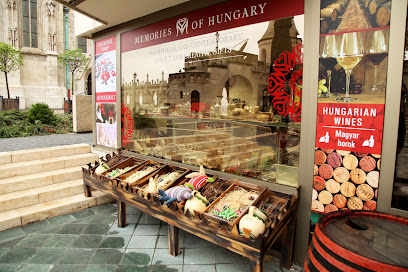
Koller Gallery
0.4 km
Discover Koller Gallery in Budapest: A premier art gallery and auction house showcasing contemporary masterpieces and fostering a vibrant cultural scene.
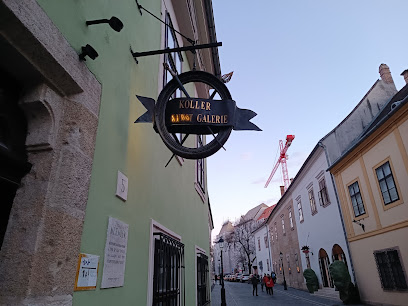
FIAN Koncept Hungarian Design Shop
0.5 km
Explore FIAN Koncept for exclusive Hungarian designs and unique fashion pieces in the heart of Budapest's historic District I.
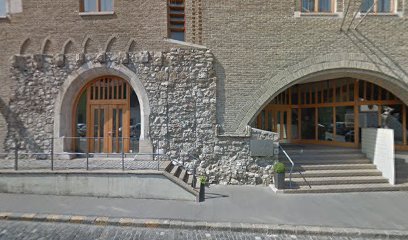
Teddy Bear Gift Shop Budapest
0.9 km
Explore the enchanting Teddy Bear Gift Shop in Budapest, featuring a delightful selection of bears and unique gifts for all ages.

Balaton Butik
1.1 km
Discover unique vintage fashion at Balaton Butik in Budapest – a charming boutique showcasing timeless styles and sustainable shopping.

Mammut
1.1 km
Discover a shopping haven in Budapest at Mammut, where diverse retail, dining, and entertainment options await every visitor.
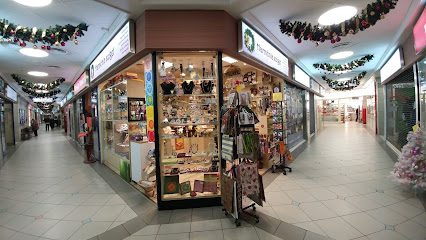
Originart Galéria Művészeti Kft. Kézműves bolt
1.2 km
Explore the artistic heart of Budapest at Originart Galéria, your destination for unique handmade crafts and authentic Hungarian gifts.
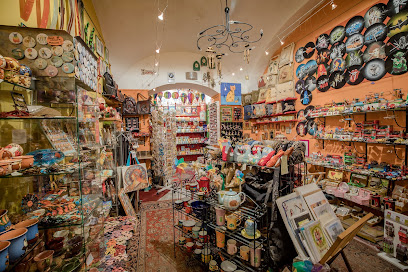
Prezent
1.2 km
Discover unique, sustainable souvenirs at Prezent, a charming gift shop in Budapest's District I, celebrating local craftsmanship and culture.
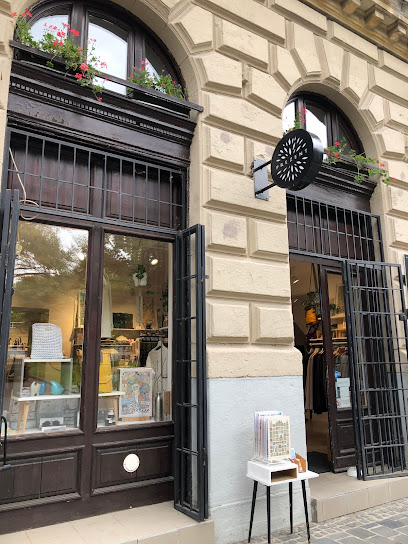
Memories of Hungary - Art and Design
1.2 km
Discover unique Hungarian souvenirs at Memories of Hungary, a charming store in the heart of Budapest, perfect for capturing the essence of your travels.
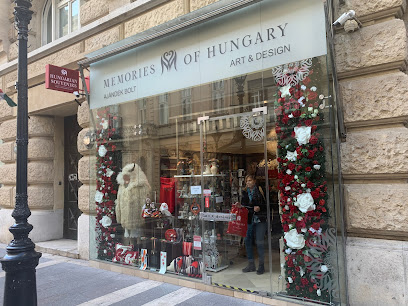
Market1 Hungarian Souvenir and Gift Shop
1.3 km
Explore Market1 Hungarian Souvenir and Gift Shop for authentic gifts and treasures that celebrate Hungarian culture in the heart of Budapest.
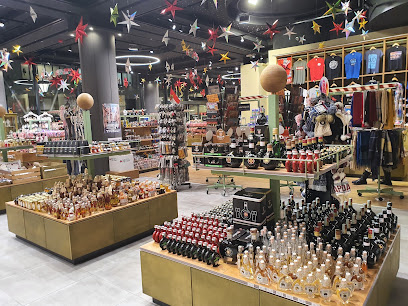
House of Parliament Souvenir Shop
1.3 km
Explore a treasure trove of unique souvenirs and gifts at the House of Parliament Souvenir Shop in Budapest, capturing the essence of Hungarian culture.
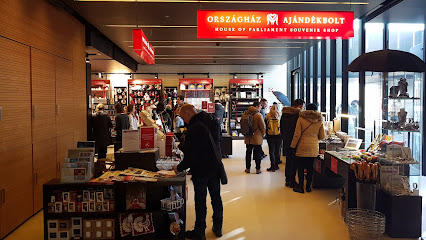
MOM Park
1.3 km
Discover MOM Park, Budapest's ultimate shopping mall offering a blend of fashion, dining, and entertainment for every visitor.
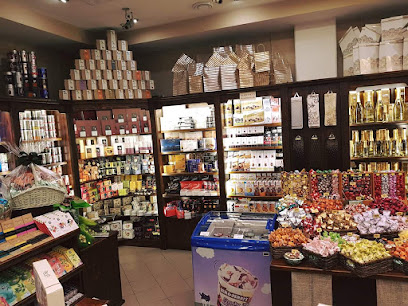
Essential bars & hidden hideouts
White Raven Skybar & Lounge
0.3 km
Discover the breathtaking views and vibrant atmosphere at White Raven Skybar & Lounge, Budapest's premier rooftop bar for relaxation and socialization.
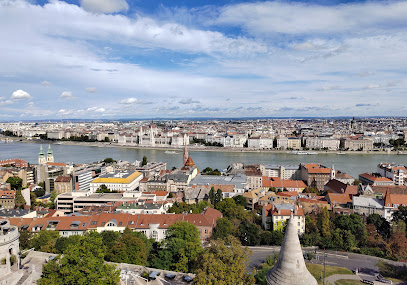
Mátra Borozó
0.4 km
Explore the enchanting Mátra Borozó in Budapest, where exceptional Hungarian wines and a warm atmosphere await every visitor.
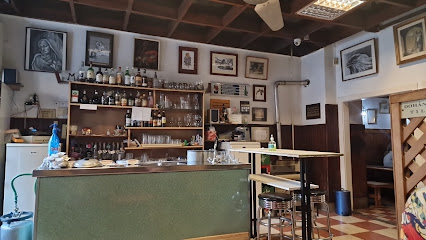
Kacagás Bisztró
0.9 km
Discover Kacagás Bisztró, a lively bar in Budapest's District II, where local flavors and vibrant atmosphere create unforgettable experiences.
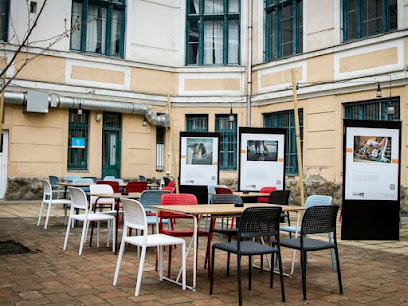
Mike’s Pop-up Garden
0.9 km
Discover the urban oasis of Mike’s Pop-up Garden in Budapest, where lush greenery meets vibrant nightlife and live music.
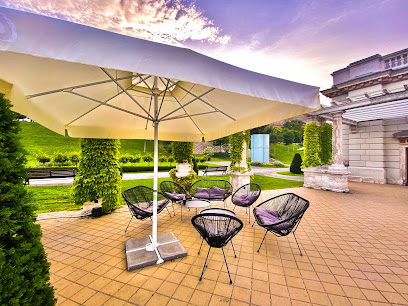
BOB
1.0 km
Discover BOB, Budapest's iconic bar, where vibrant nightlife comes alive with creative cocktails and unforgettable experiences.
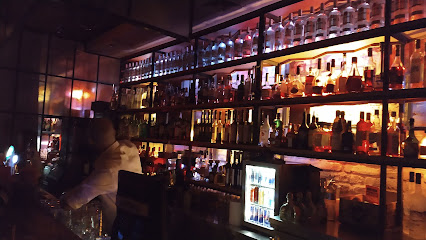
MÚZSA
1.0 km
Experience the vibrant fusion of Asian cuisine and European elegance at MÚZSA, Budapest's premier cocktail bar and dining destination.

Ötkert
1.1 km
Experience Budapest's vibrant nightlife at Ötkert, a premier bar and nightclub known for its electrifying atmosphere and top DJs.
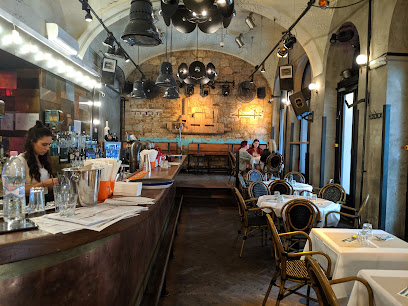
Nemdebár
1.2 km
Discover Nemdebár in Budapest, where vibrant cocktails and lively atmosphere create an unforgettable bar experience in the heart of the city.
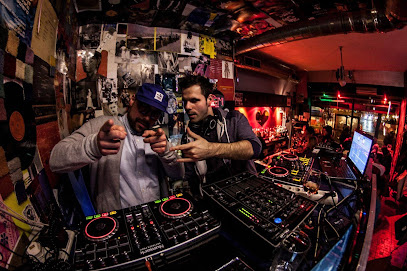
Liz & Chain Rooftop Bar
1.3 km
Discover the vibrant nightlife and stunning views at Liz & Chain Rooftop Bar, a top destination in Budapest for unforgettable evenings.
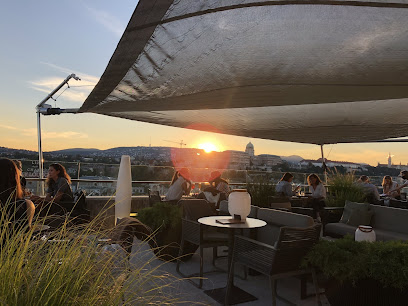
St. Andrea Wine & Skybar
1.3 km
Experience the breathtaking skyline of Budapest at St. Andrea Wine & Skybar, offering exquisite cocktails and fine wines in an upscale atmosphere.

Avar Presszó és Sörkert
1.4 km
Discover Avar Presszó és Sörkert, Budapest's vibrant beer garden offering local brews, delicious dishes, and a lively social atmosphere.
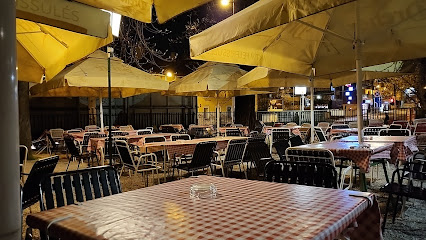
Blue Fox The Bar
1.4 km
Discover the vibrant nightlife of Budapest at Blue Fox The Bar, a trendy spot for cocktails, live music, and unforgettable experiences.
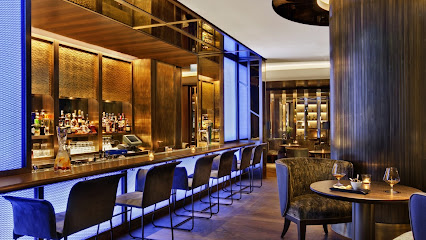
Shadow Bar
1.4 km
Experience the vibrant nightlife at Shadow Bar in Budapest, where stylish ambiance meets an exquisite drink selection.
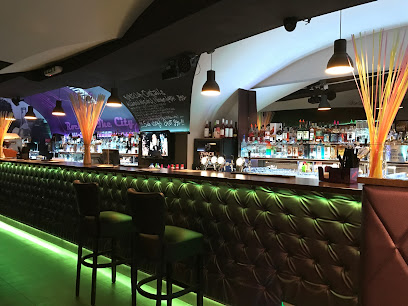
High Note SkyBar
1.5 km
Experience Budapest from above at High Note SkyBar, where stunning views and exquisite cocktails create the ultimate rooftop escape.
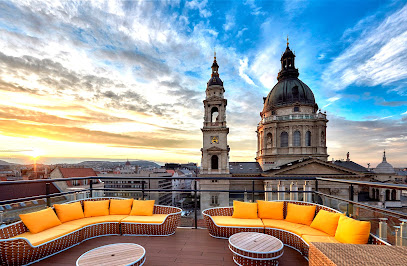
Rakéta pavilon
1.6 km
Explore Rakéta Pavilon in Budapest, a vibrant pub offering a unique atmosphere, diverse drinks, and a taste of local culture.
